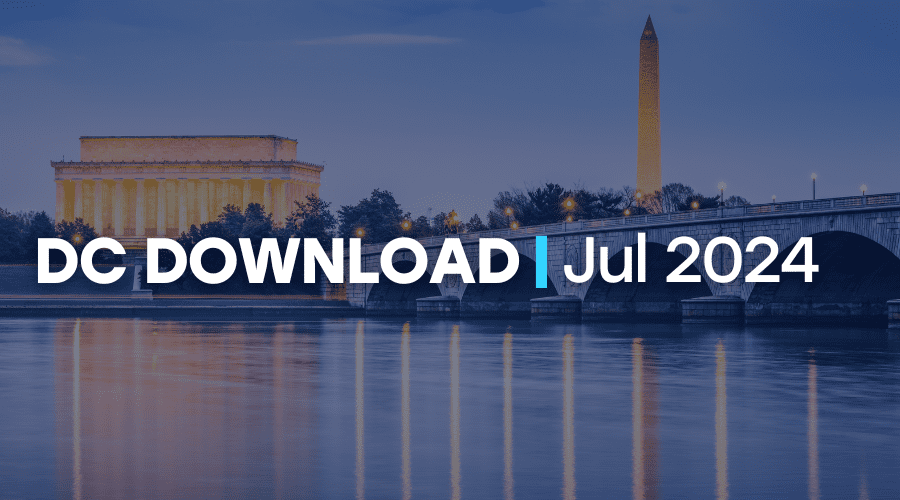Last year’s federal spending package was signed into law on December 20, a major victory for many of the nonprofit sector’s priorities and many legislators’ holiday plans. But you know who got left out in the cold this holiday season? Budget nerds.
With last year’s work complete and this year’s process not yet officially underway, we have endured seven long weeks of budget nothingness: a barren winter landscape devoid of familiar comforts like agency budget appendices or even the merry din of reporters breathlessly tracking Capitol Hill negotiations. Pay no mind to the weather; it has been a cruel winter indeed.
Thankfully, the calendar turns toward February and the signs of rebirth are all around us as the air is filled with the sounds of pitchers and catchers reporting, groundhogs peeking, and—of course—president’s budgets releasing. Happy budget season everyone!
Earlier this week, the Fiscal Year 2021 budget process kicked off publicly with the release of the president’s budget proposal, dubbed the Budget for America’s Future. As exciting as this near-national holiday was for Americans everywhere, the outlook for this particular budget is decidedly murky. Reactions from members of Congress generally ranged from outright opposition to tepid support for many of its more noteworthy proposals.
As is common for any White House, this budget hits many of the same notes as previous proposals from President Donald Trump. The budget calls for over $740 billion in defense spending while requesting just $590 billion for domestic priorities, a figure that is over $30 billion below the bipartisan budget deal for FY 2021. It once again calls for making the 2017 tax cuts permanent (rather than letting many tax cuts for individuals expire after 2025) and proposes to eliminate the federal deficit over 15 years through changes to Medicare and Medicaid in addition to very optimistic assumptions about future economic growth.
Beyond these changes to mandatory spending, the president’s budget calls for the wholesale elimination of a wide range of other programs of particular interest to the charitable sector. These programs include the McGovern-Dole Food for Education program, 21st Century Community Learning Centers, Community Services Block Grant, Low Income Home Energy Assistance Program, Community Development Block Grant, Senior Community Service Employment Program, Corporation for National and Community Service, National Endowment for the Arts, National Endowment for the Humanities, Institute of Museum and Library Services, National Wildlife Refuge Fund, as well as the Public Service Loan Forgiveness program.
If the programs listed above look familiar, they should. Each of them was targeted for elimination in last year’s budget proposal too. However, Congress ultimately decides how federal dollars are allocated and they have chosen to spare or even increase funding for many of these programs in recent years.
So, this week marks the budget season for all of us. Many of these programs have champions in Congress, but all of them have dedicated and savvy advocates working tirelessly on their behalf.
Whether it is by phone, email, social media, or shoe leather lobbying, legislators and their staff have clearly gotten the message about these programs in years past. Those advocacy efforts have a lot of success to build on, but the work begins anew each year. Good luck all, and happy budget season!



